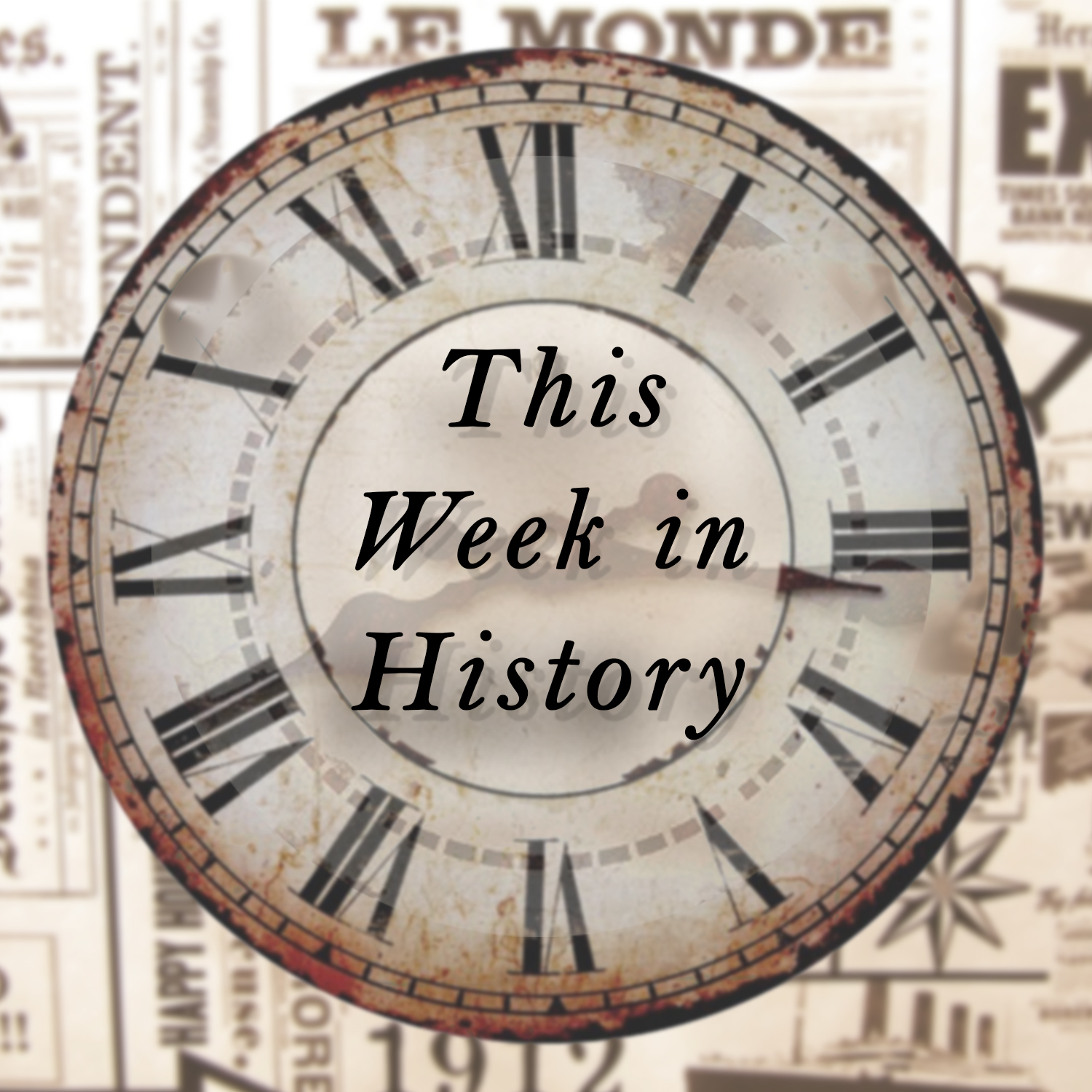- On Jan. 25, 1906, a superintendent discovered what remains the world’s largest diamond while doing a routine inspection at the Premier Mine in Pretoria, South Africa. After showing the discovery to the mine’s owner, Sir Thomas Cullinan, it was put on sale in London where it remained for two years until the Transvaal government bought it for £150,000. After this, the 3,106-carat diamond was presented to Britain’s King Edward VII as a birthday present. The diamond was so great that King Edward worried it would be stolen while in transit from Africa to London. To avoid this, he had a phony diamond placed on a steamer ship as a decoy while the real diamond was sent in a plain box. When the diamond arrived safely, King Edward entrusted the cutting of the diamond to Joseph Asscher, who cut the diamond into nine large pieces and about 100 smaller ones. Apparently, Asscher studied the stone for six months before attempting to cut it. When he successfully shattered it, fainted from nervousness.
- Mohandas Karamchand Gandhi was assassinated on Jan. 30, 1948. When visiting a troubled area in New Delhi, Nathuram Godse shot Gandhi three times point-blank in the chest. Gandhi organized many famous protests, perhaps the most famous being the Salt March of 1930, where he led thousands of others to the Arabian sea to make their own salt to protest British rule in India. As a result, he was imprisoned multiple times throughout his life. Gandhi’s methods of civil disobedience have greatly influenced many leaders of the civil rights movement all around the world.
- On Jan. 26, 1961, Janet Travell became the first female presidential physician. Dr. Travell had worked closely with President Kennedy for five years before being appointed as his personal physician and had an impressive track record. She graduated with honors from Wellesley College, had multiple internships in cardiology, was a professor at Cornell University, and was one of the first leading experts in chronic myofascial pain. She even designed prototypes of what became ergonomic chairs, which many of us use today. The Kennedy family has credited Dr. Travell with allowing President Kennedy to keep up with a demanding presidential schedule despite his Addison’s disease.
- On Jan. 25, 1980, Paul McCartney was released from a Tokyo jail and deported from Japan. Officials at Tokyo’s Narita International Airport found almost half a pound of marijuana in his luggage and he was detained for nine days. McCartney assured officials that it was for his personal use, but it was enough to charge him for smuggling and issuing a seven-year prison sentence. Japan has strict anti-drug laws, so many people were astounded that McCartney would try to bring so much marijuana into the country, especially since he had been denied an entry visa into Japan just five years earlier because of his drug offenses in Europe. He offered multiple explanations for this mistake, but perhaps the most convincing one was the one he offered in 2004; he knew he couldn’t get anything to smoke in Japan, and he didn’t want to waste the good stuff by flushing it down the toilet.


